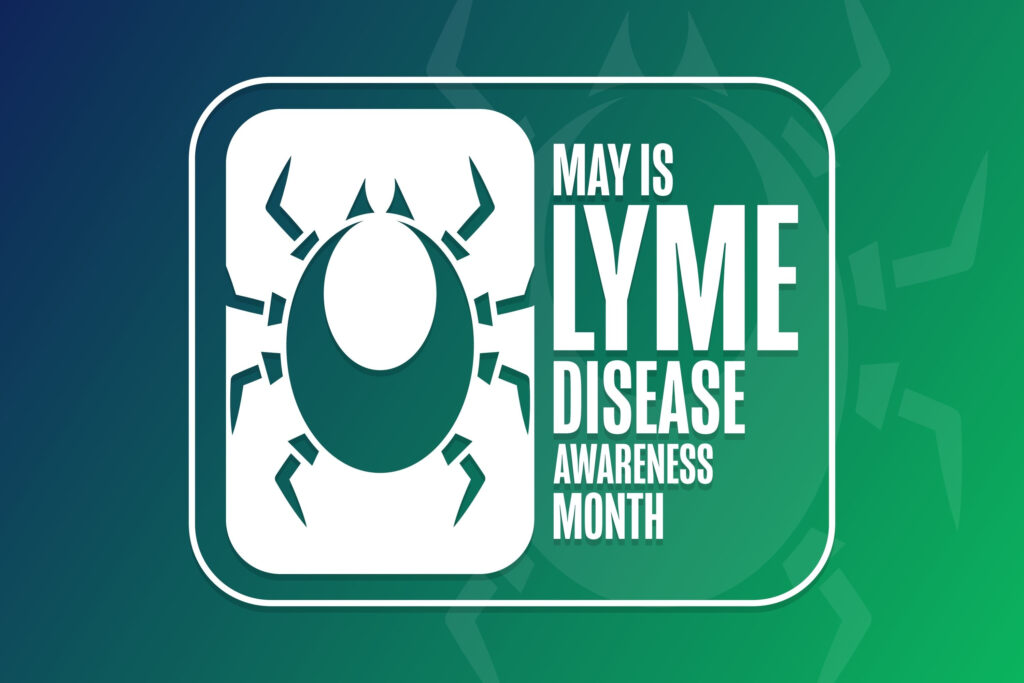May is National Lyme Disease Awareness Month, an opportunity to spread awareness on early identification of possible Lyme disease cases and how to prevent tick-borne diseases.
Lyme disease is a vector-borne disease caused by the bacterium Borrelia burgdorferi. It is transmitted to humans through the bite of infected blacklegged ticks.
Approximately 70–80% of infected people develop a rash known as erythema migrans. The rash is often accompanied by symptoms of a viral-like illness, including fatigue, headache, body aches, fever, and chills. If untreated, symptoms may include loss of the ability to move one or both sides of the face, joint pains, severe headaches with neck stiffness, or heart palpitations. Months to years later repeated episodes of joint pain and swelling may occur. Despite appropriate treatment, about 10 to 20% of those affected develop joint pains, memory problems and tiredness for at least six months.
If this disease is left untreated it can lead to a major infection which spreads to the heart, joints, and nervous system. No human vaccines for Lyme disease are currently available, although research is ongoing. Antibiotics are the primary treatment and the specific approach to their use depends on the individual affected and the stage of the disease.
There are ways to prevent Lyme disease: wear an insect repellent containing at least 20% DEET when outdoors; wear long-sleeved shirts, long pants, and closed-toed shoes; perform tick checks after any outdoor activity.
